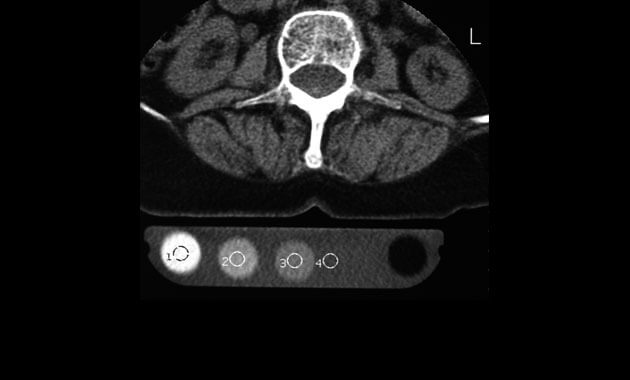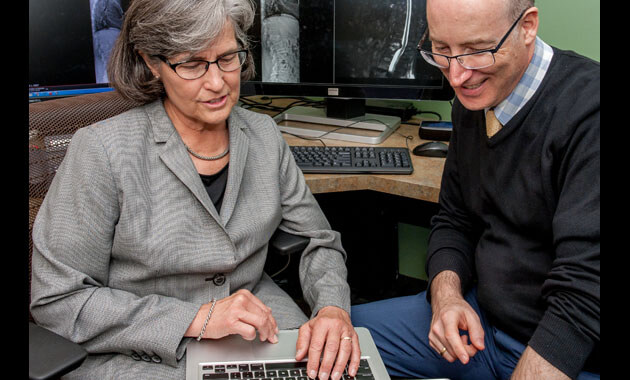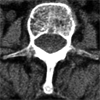Quantitative Computed Tomography (QCT)
Pioneered at UCSF, quantitative computed tomography (QCT) is a test to measure bone mineral density (BMD). It is performed using a computed tomography (CT) scanner and results in a 3D image. Hip and lumbar spine are the most common choices for evaluation with QCT.
QCT is recommended for:
- Those at risk of osteopenia (low bone mass)
- People who are being treated for osteoporosis and need to be monitored
- Those receiving, or who will receive, steroid therapy
- People with hyperparathyroidism
- Those with vertebral abnormalities
- People who are either small or tall
- Patients with large body habitus
- Those that have degenerative spine disease – in particular men
Contraindications:
- Anyone who recently had a test that involved barium, iodine, or other contrast materials
- Women who are or may be pregnant
What are the advantages of QCT?
Many people who cannot undergo DXA testing for various reasons can safely have a QCT scan. QCT scans are safe and offer reliable BMD measurements for patients who have:
- Arthritis
- Scoliosis
- Disc space narrowing
- Spinal degenerative diseases
- Aortic calcification
- Osteophytes
- Obesity
QCT protocols are within the low-dose range, comparable to that of mammograms.
Advantages of QCT at UCSF
- Rigorous protocols ensure safety
- Results read by world-class physicians who are subspecialty experts
- High-quality, advanced equipment and techniques

















